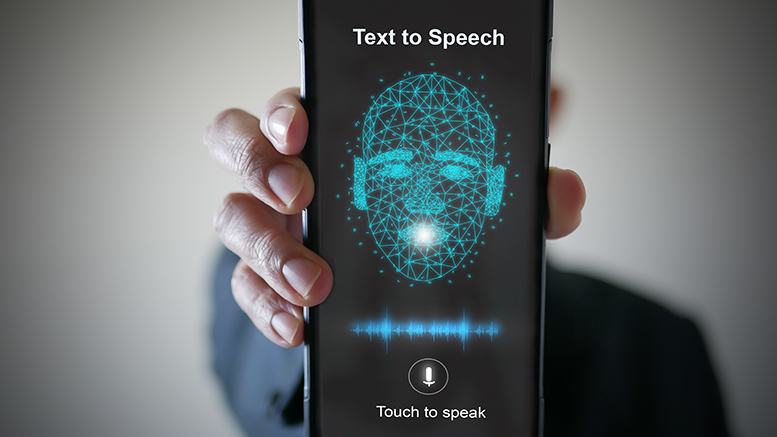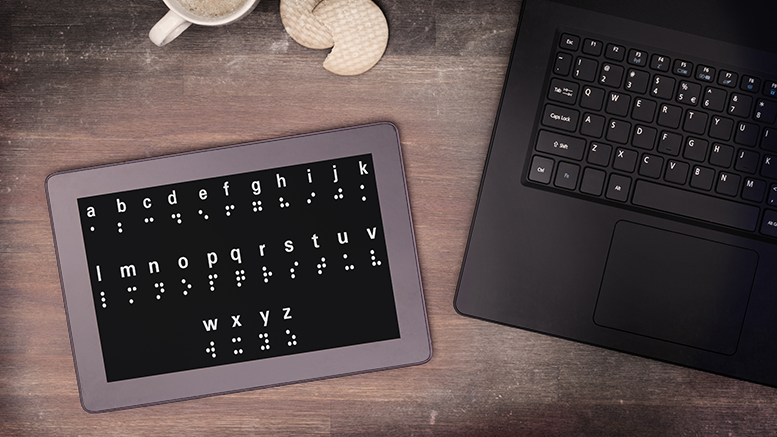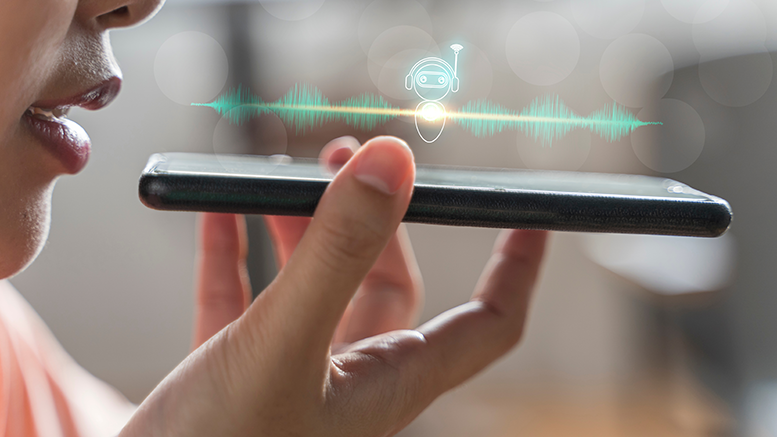Android Accessibility
Android contains features that aid cognition, vision, hearing, and mobility.
You can customize your Android device using accessibility settings and apps.
Note: Some of these steps work only on Android 7.0 and up. Learn how to check your Android version.
Cognition
Make it easer to focus and get more things done with Android
Text-to-Speech Output

Learn about the text-to-speech setting for your device.
Get Spoken Feedback
If you want spoken feedback only at certain times, you can turn on Select to Speak. Select items on your screen to hear them read or described aloud.
Use Voice Commands
Voice Access: If using a touch screen is difficult, the Voice Access app lets you control your device with spoken commands. Use your voice to open apps, navigate, and edit text hands-free. Voice Access is currently in a limited beta release in English only.
The help pages below give tips to get started using your Android device with Voice Access:
- Get Started with Voice Access
- Use Voice Access commands
- Change Voice Access setting
- Troubleshoot voice Access
Vision
Make your device easier to see or use without a screen
Use a Braille Display

BrailleBack: You can connect a refreshable braille display to your device via Bluetooth. BrailleBack works with TalkBack for a combined speech and braille experience, allowing you to edit text and interact with your device.
The help pages below give tips to get stated using your Android device with TalkBack:
- Install and enable BrailleBack
- Navigate using BrailleBack
- Input text with BrailleBack
- Search with BrailleBack
- Change BrailleBack
Touch with Verbal Feedback
TalkBack: To interact with your device using touch and spoken feedback, you can turn on the TalkBack screen reader. TalkBack describes your actions and tells you about alerts and notifications.
The help pages below give tips to get started using your Android device with TallBack:
- Turn on TalkBack
- Explore by touch
- Set up Android and TalkBack
- Use TalkBack gestures
- Use TalkBack to browse the web with Chrome
- Use global and local context menus
Hearing
Make your device easier to hear or use with these visual alternatives to sounds
Turn on Captions
Captions: You can turn on captions for your device and specify options (language, text, and style) for closed captioning. Learn how to turn on captions.
Make Your Screen Easier to See

Display size and font size: To change the size of items on your screen, adjust the display size or font size.
Magnification gestures: To temporarily zoom or magnify your screen, use magnification gestures.
Contrast and color options: To adjust contrast or colors, use high-contrast text, color inversion, or color correction.
Mobility
Make your device easier to use if limited reach or strength
Use a Switch, Keyboard, or Mouse
Switch Access: For users with limited mobility, Switch Access is an alternative to using the touch screen. You can use a switch or keyboard to control your device.
The help pages below give tips to get started using your Android device with Switch Access:
- About Switch Access for Android
- Set up Switch Access for Android
- Tips for using Switch Access
- Edit text with Switch Access
- Change Switch Access settings
- Turn off Switch Access
Use Voice Commands

Voice Access: If using a touch screen is difficult, the Voice Access app lets you control your device with spoken commands. Use your voice to open apps, navigate, and edit text hands-free. Voice Access is currently in a limited beta release in English only.
The help pages below give tips to get started using your Android device with Voice Access:

